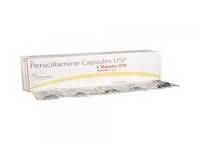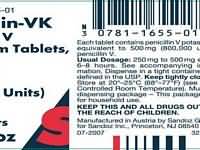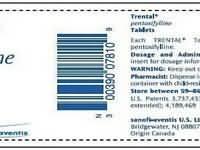remifentanil

CLINICAL USE
Analgesic Induction of anaesthesiaDOSE IN NORMAL RENAL FUNCTION
Induction: 0.5–1 microgram/kg/min Maintenance: Ventilated patients: 0.05–2 mcg/kg/min —Spontaneous respiration: 25–100 —nanograms/kg/minAnalgesia and sedation in ventilated, intensive care patients: 6–740 nanograms/kg/minuteAdditional analgesia during painful procedures in ventilated, intensive care patients: 100–750 nanograms/kg/minutePHARMACOKINETICS
DOSE IN RENAL IMPAIRMENT
GFR (mL/MIN)
DOSE IN PATIENTS UNDERGOING RENAL REPLACEMENT THERAPIES
IMPORTANT DRUG INTERACTIONS
Potentially hazardous interactions with other drugsADMINISTRATION
Reconstition
To 1 mg/mL with infusion fluidRoute
IVRate of Administration
Dependent on indicationComments
Dilute to 20–250 mcg/mL with glucose 5%, sodium chloride 0.9% or water for injection; usually 50 micrograms/mL for general anaesthesiaOTHER INFORMATION
Half-life of metabolite is increased to 30 hours in renal failure compared with 90 minutes in patients with normal renal functionMetabolite is essentially inactive Remifentanil would be expected to be metabolised before patient needs to be dialysed25–35% of metabolites are removed by dialysis.
See how to identify renal failure stages according to GFR calculation
See how to diagnose irreversible renal disease
Home








